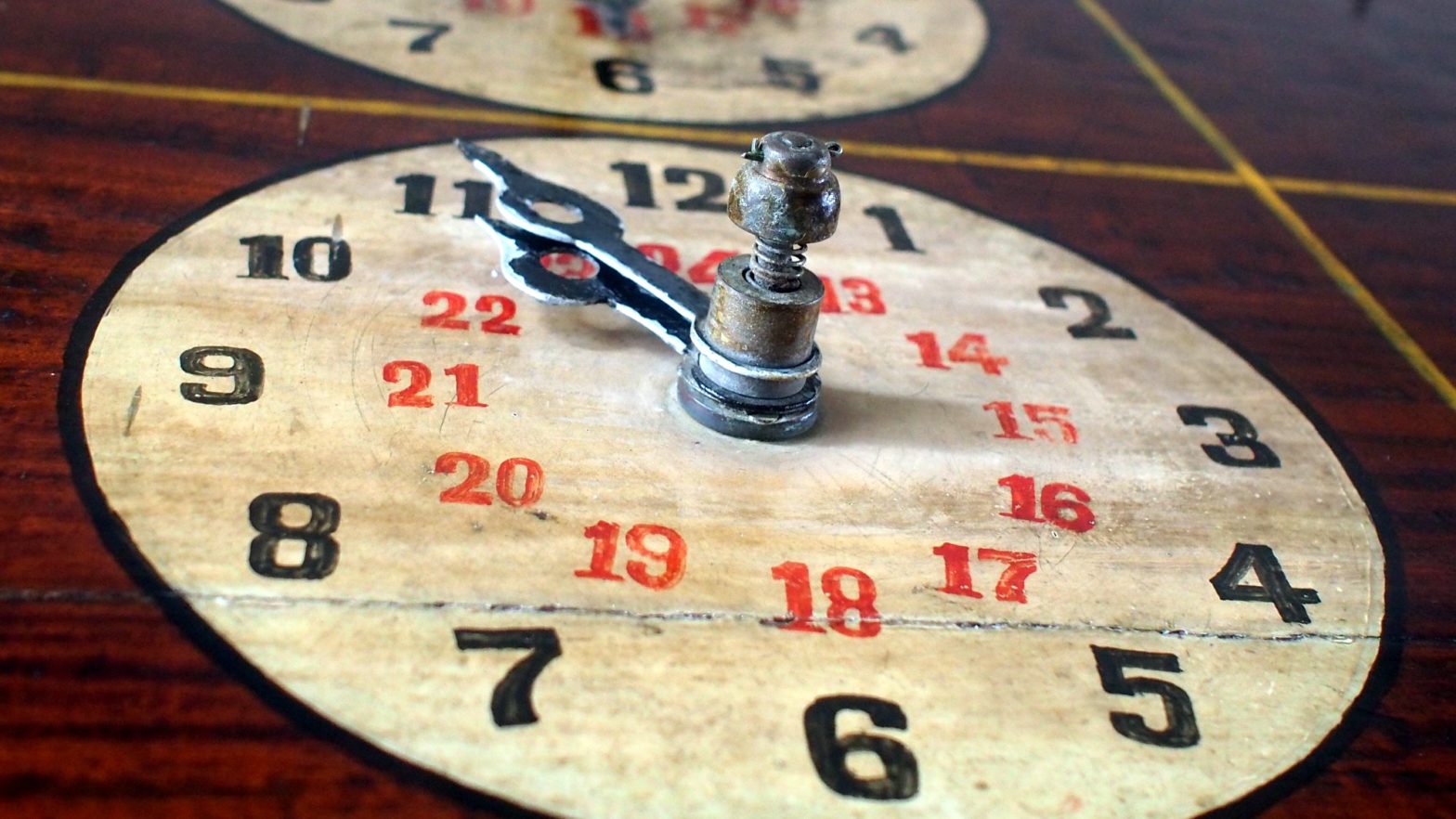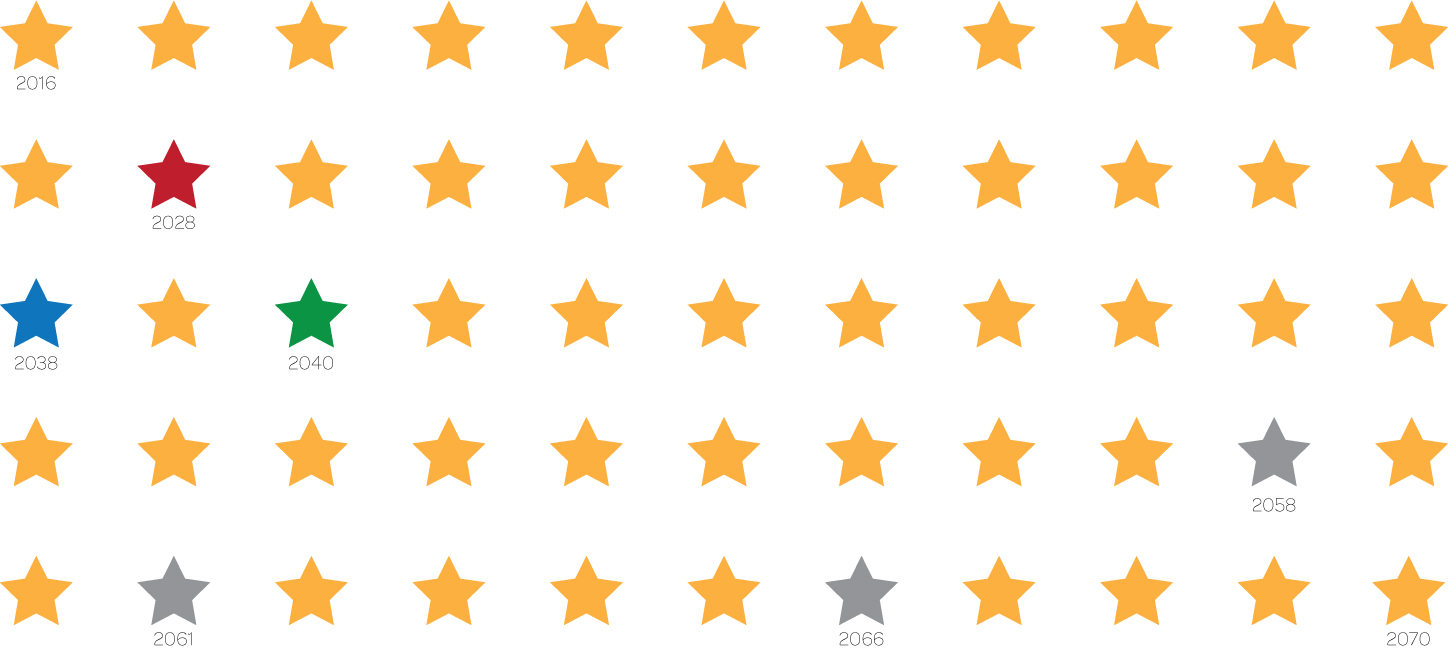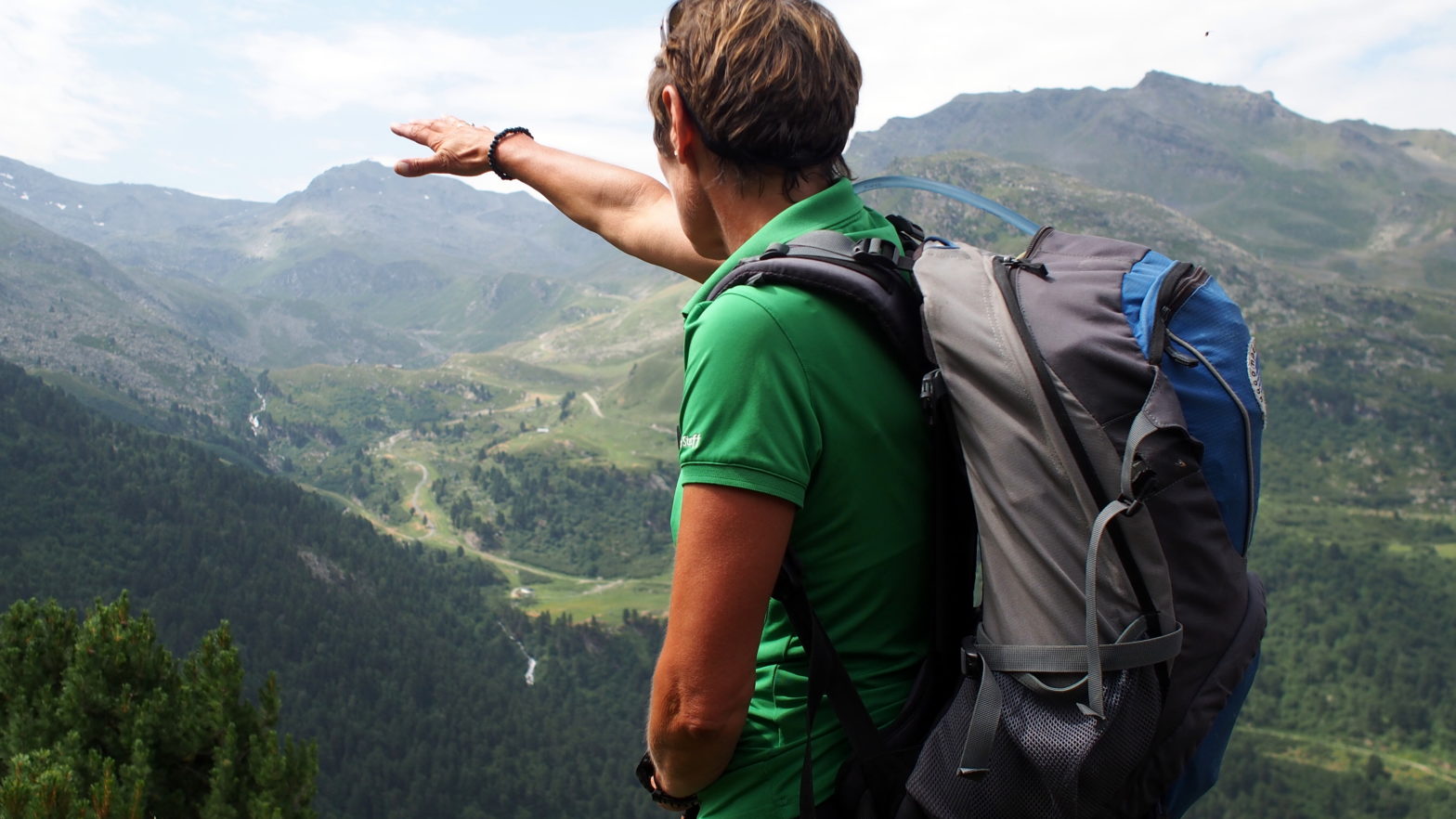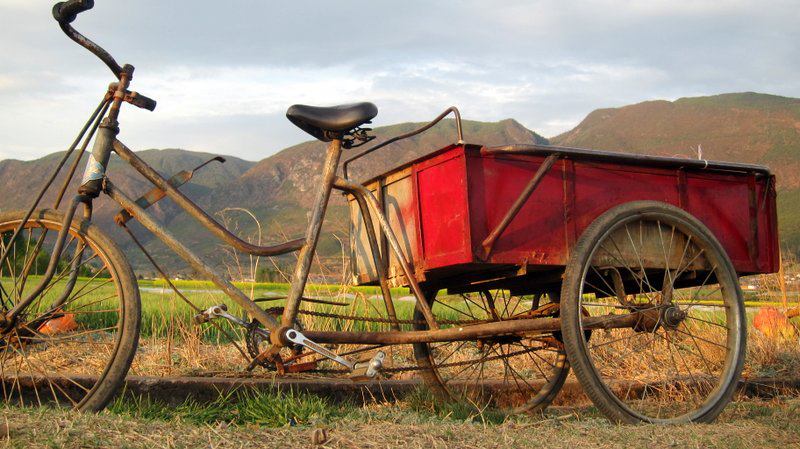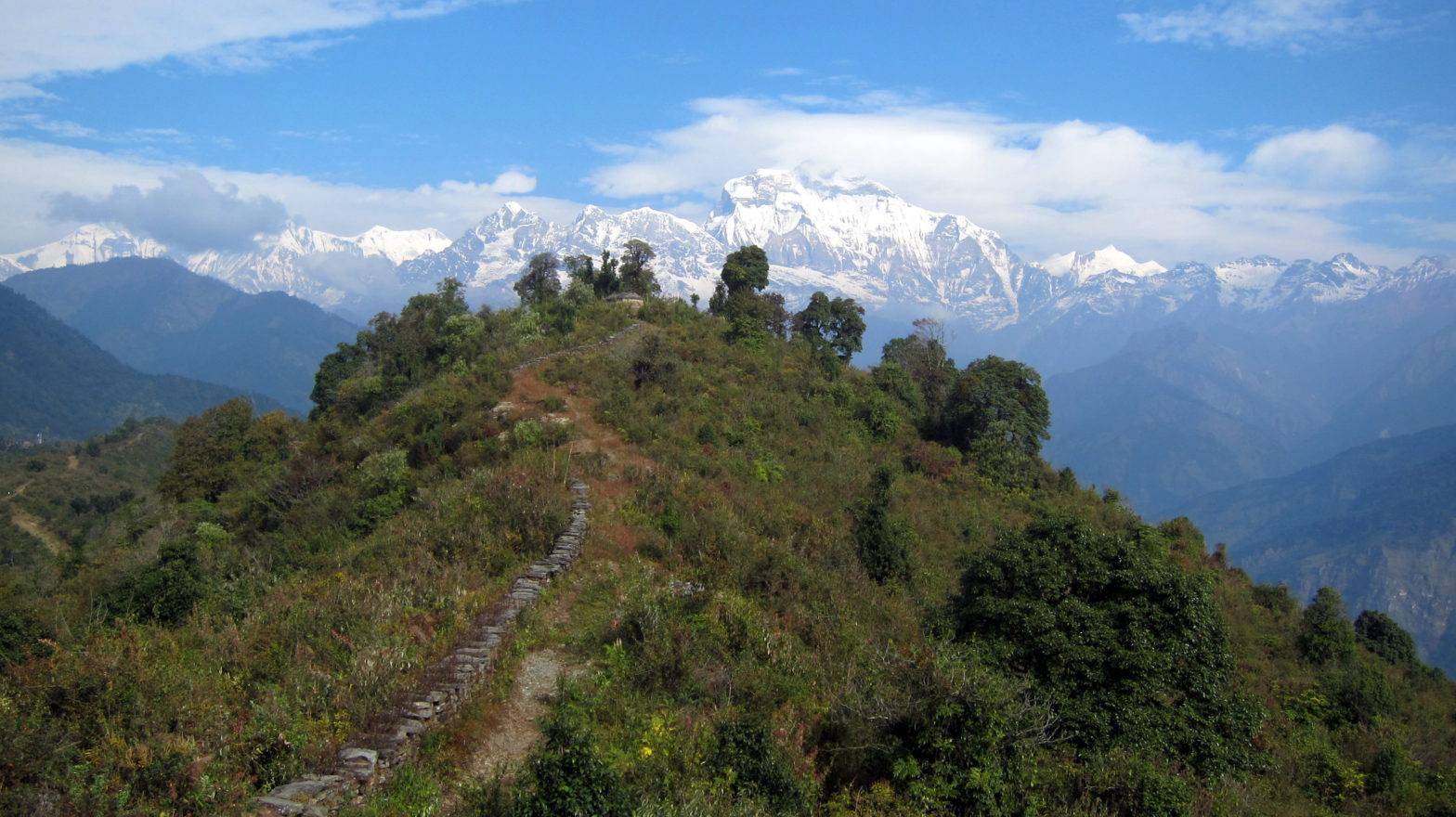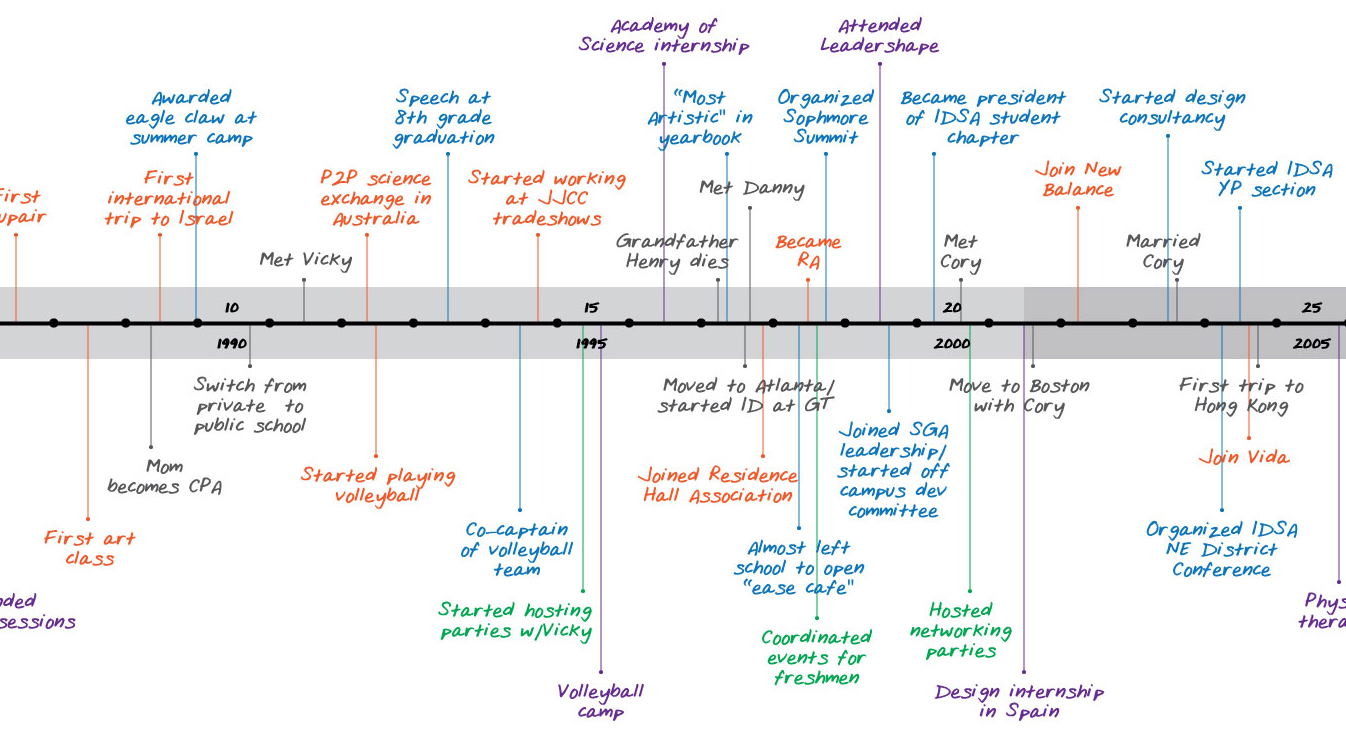24 hours
Inspired by Benjamin Hardy’s recent blog post, I decided to picture my ideal day so that I can use it as a consistent, visual reminder of my priorities. A few of his probing questions caught my attention: If you repeated today every day for the next year, realistically, where would you end up? One of the best ways to consciously design your ideal life is to start with your ideal day. What does that actually look like? How often do you live your ideal day? With those ideas in mind, taking into consideration basic constraints around work, this is the current design for my ideal day:Activity type. While the activity types in the diagram don’t directly correlate to the dimensions I use in my annual reflection, there are parallels. All of the active, reflective, and restorative habits fall within the “inward” category, while creative & productive are part of “outward”. Eating & social straddle the two categories because it’s an efficient way to achieve both within 24 hours and they’re such a natural pairing. Often I pair exercise & social time. Also, I gravitate towards collaborative …
